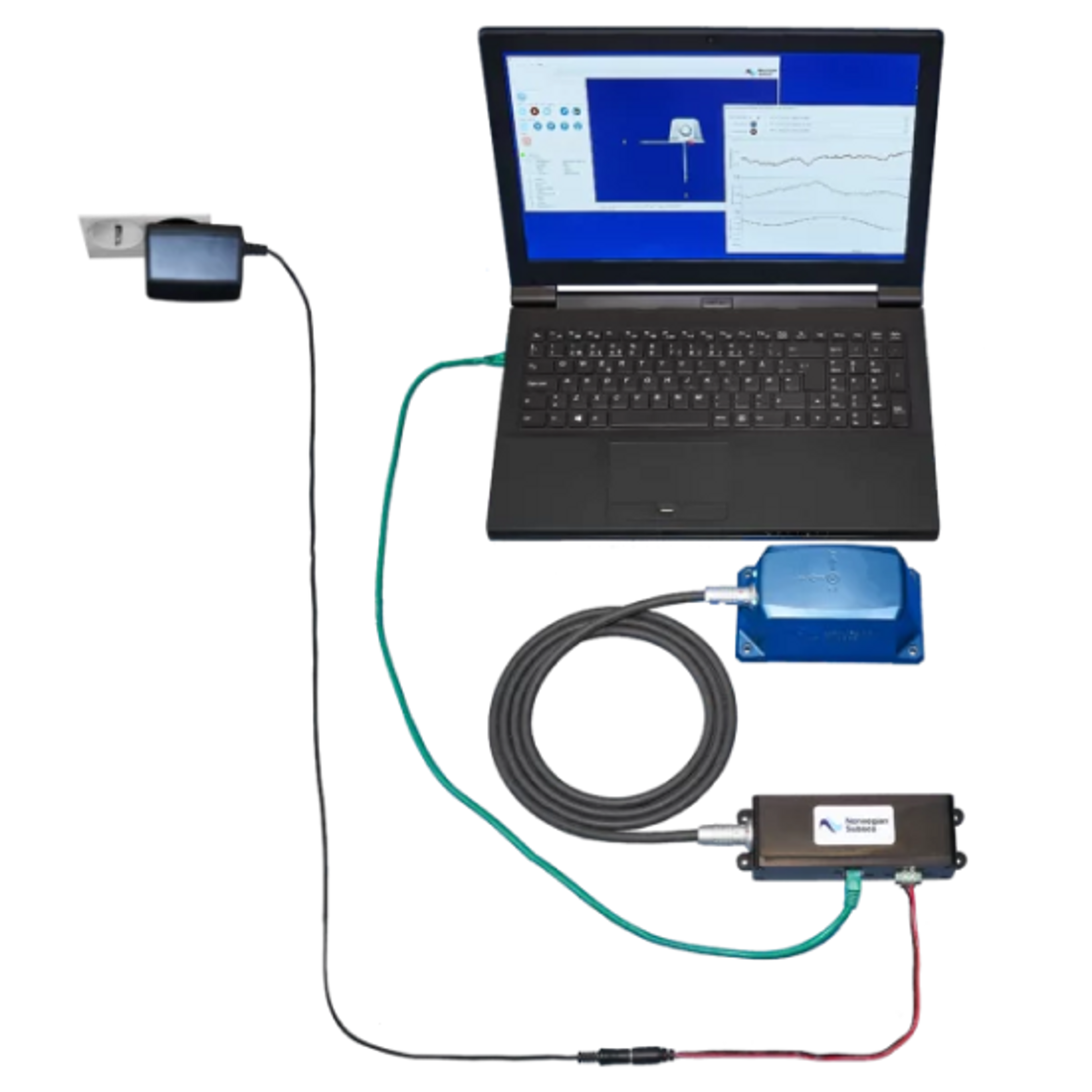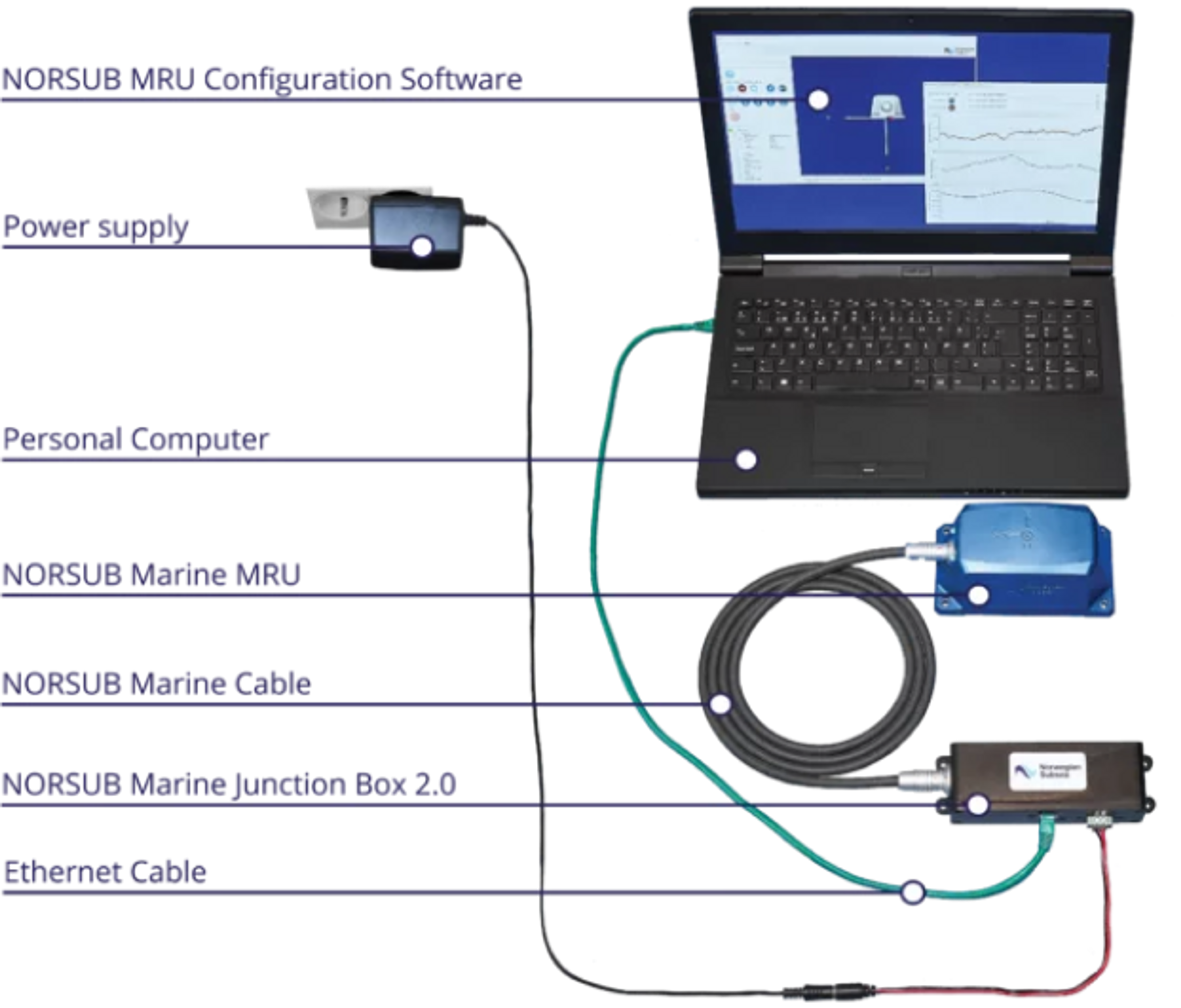A beginner’s guide to the Setup and Installation of a Norwegian Subsea MRU
This article outlines how to setup and configure your MRUs in a few simple steps, and provides other useful information for getting started.

MRUs are high-tech devices capable of measuring movement in all six degrees of freedom – roll, pitch, yaw, surge, sway, and heave. They are vital components in monitoring movement for ships, helidecks, offshore gangways, cranks and winches, sonars, and more. Without the use of accurate MRUs to provide data for movement compensation, much of this technology would simply not function (or at least, not safely!).
Norwegian Subsea’s MRUs – which can be used in marine environments, on land, or subsea – combine advanced MEMS sensor technology – with a proprietary sensor fusion algorithm to give accurate and reliable motion, velocity, and acceleration measurements for use in control and monitoring applications.
In this article, we’re going to cover the most important things you need to know in order to set up, configure, and install a Norwegian Subsea MRU.
Note: for the purposes of this article, we’re going to assume your MRU will be installed on a ship of some variety, though the majority of the information here is valid whatever your use case.
Configuration and Setup
Norwegian Subsea MRUs can be delivered along with all the necessary cables, a junction box, and instructions on how to download our configuration software.
You can choose to configure your MRU either before or after it’s installed on your vessel. In our experience, most of our customers (particularly new customers) prefer to complete the configuration beforehand, which gives them a little more freedom to play around with the software and familiarise themselves with the various options and parameters available to them.
To configure your MRU, you’ll need to consider your data requirements (ports, protocols, measurement frequency) and the location and orientation of the MRU on your vessel.

